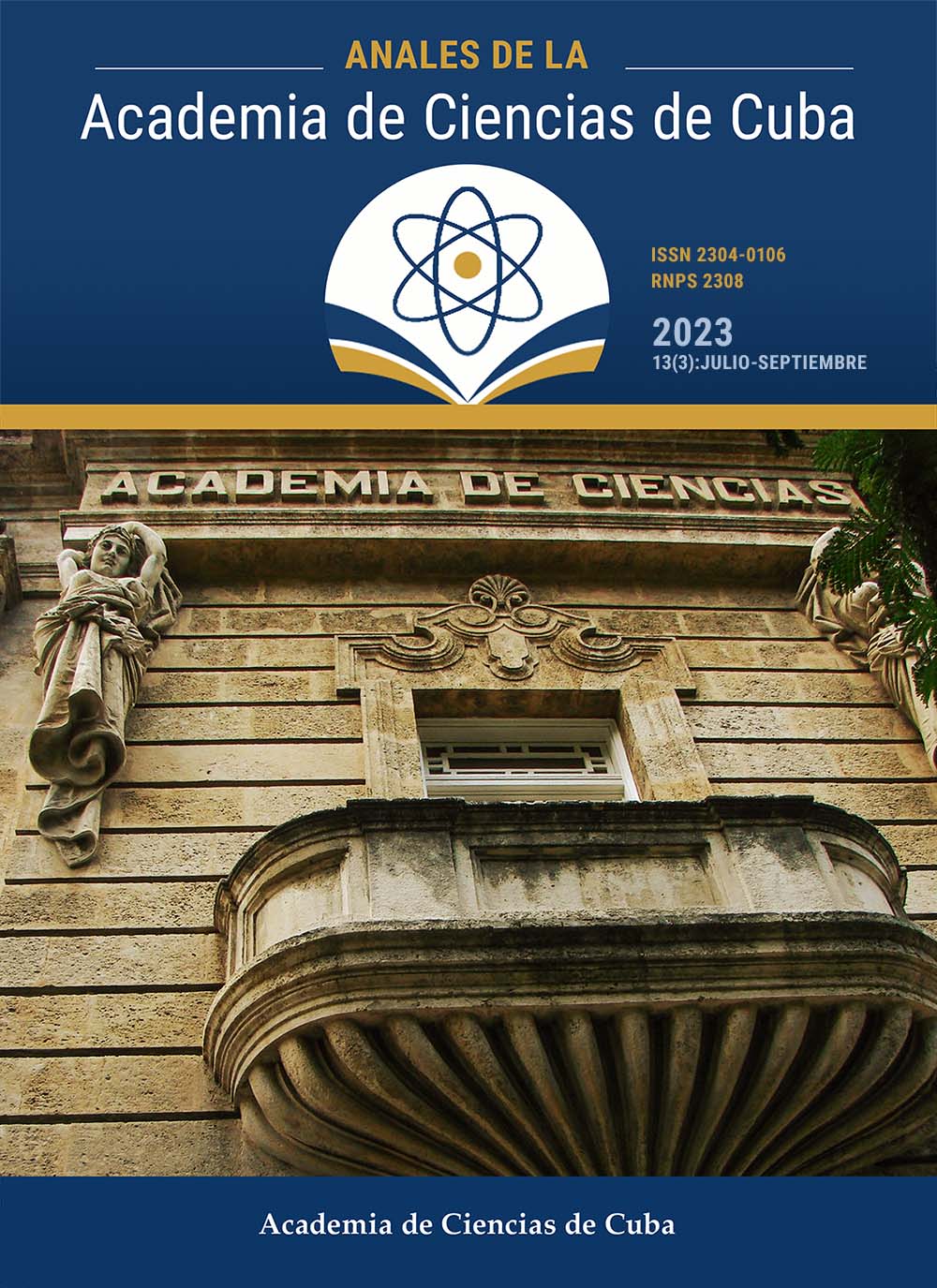Vibrio cholerae non-O1. A potential pathogen in Cuba
Keywords:
Vibrio cholerae non-O1, temporo-spatial distribution, virulence factors, antimicrobial resistanceAbstract
Introduction: Vibrio cholerae non-O1 constitutes a potential pathogen that causes intestinal and extraintestinal infections. These constitute reservoirs of virulence and antimicrobial resistance genes, allowing isolates of Vibrio cholerae non-O1 to become choleric and epidemic. In Cuba, since 1980 the National Reference Laboratory- EDA of the ¨Pedro Kourí¨ Institute has been monitoring this agent. Between 2012-2016, suspected cases of cholera are reported, and epidemic and non-epidemic serogroups are circulating. This study aims to investigate the isolates that circulated between 2012-2019, in terms of: spatio-temporal distribution, variations in pathogenic potential and antimicrobial resistance.
Methods: It was carried out an analytical cross-sectional study that included 80 isolates. They were carried out confirmation of genus, species and serotype, temporal-spatial distribution, detection of virulence factors and susceptibility to nine antimicrobials. It was determined the relationship between virulence phenotype and multi-resistance.
Results: It was demonstrated a spatial heterogeneity pattern, with a predominance of detection in the eastern region, and an increase in enzymatic virulence factors and biofilm formation in the period. They were observed the highest resistance values for trimethoprim/sulfamethoxazole and for ampicillin, while they were demonstrated percentages below 5%. for doxycycline, azithromycin and ciprofloxacin. It was verified the circulation of multiresistant isolates with patterns that include the antimicrobials of choice in the treatment of V. cholerae diarrhea, and it was found no association between the presence of virulence factors and multiresistance. Conclusion, the analysis of the behavior of ADD in Cuba based on the spatio- temporal distribution of Vibrio cholerae non-O1 pathogenic and multi-resistant provides fundamental elements for the construction of risk maps and allows the timely prediction of future outbreak scenarios.Downloads
Published
How to Cite
Issue
Section
License
The journal Anales de la Academia de Ciencias de Cuba protects copyright, and operates with a Creative Commons License 4.0 (Creative Commons Attribution-NonCommercial License 4.0). By publishing in it, authors allow themselves to copy, reproduce, distribute, publicly communicate their work and generate derivative works, as long as the original author is cited and acknowledged. They do not allow, however, the use of the original work for commercial or lucrative purposes.
The authors authorize the publication of their writings, retaining the authorship rights, and assigning and transferring to the magazine all the rights protected by the intellectual property laws that govern in Cuba, which imply editing to disseminate the work.
Authors may establish additional agreements for the non-exclusive distribution of the version of the work published in the journal (for example, placing it in an institutional repository or publishing it in a book), with recognition of having been first published in this journal.
To learn more, see https://creativecommons.org






